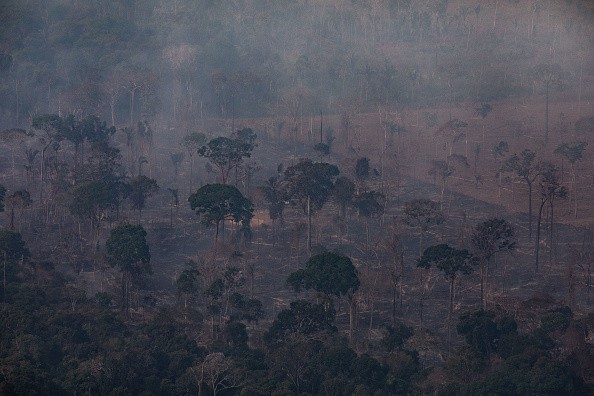
Scientists are looking at whether rising global temperatures are causing more stillbirths, and they suggest more research is required as climates change.

Extreme Temperature During Pregnancies

During pregnancy, extreme ambient temperature exposures seemed to increase the risk of stillbirth, especially late in pregnancy, according to researchers from The University of Queensland's School of Earth and Environmental Science and the Mater Research Institute, who reviewed 12 reports.
Although this was preliminary analysis, Jessica Sexton, a Ph.D. candidate at UQ, said it did reveal a potential correlation between stillbirth and high and low ambient temperature exposures during pregnancy.
Probability of Stillbirth

"Overall, the probability of stillbirth tends to rise when the ambient temperature is below 15 degrees Celsius and above 23.4 degrees Celsius, with the greatest risk occurring when the ambient temperature is above 29.4 degrees Celsius," Ms. Sexton said.
Chronic sensitivity to excessive heat and cold temperatures during breastfeeding is responsible for 17 to 19% of stillbirths.
However, these results are based on the minimal data currently available, so expectant mothers should not be concerned; further research is needed.
According to environmental scientist Dr. Scott Lieske, the results indicate that women in developed countries will be affected as global temperatures increase.
"Every year, more than two million stillbirths occur around the world," Dr. Lieske said, "with the majority occurring in low-resource settings."
Not only are these developing nations overwhelmingly impacted by stillbirth, but they would also be disproportionately affected by global change.
Correlation Between Climate Change and Stillbirth

If the correlation found in this study holds up under closer examination, most new stillbirths will invariably arise in the countries that are already struggling the most.
According to Professor Vicki Flenady, Director of Mater Research's Centre of Research Excellence in Stillbirth, "highlights the value of research to reduce global stillbirth rates."
"Even in 2021, a stillbirth happens every 16 seconds everywhere on the planet," Professor Flenady said.
Even in high-income countries, stillbirth has a traumatic long-term effect on women and their families, who also experience profound psychological distress and stigma.
According to my latest study, Australia's late gestation stillbirth incidence was more than 30% higher in 2015 than the world's best-performing nations.
More research is required to better understand the importance of temperature in keeping pregnant women and babies healthy.
Protecting Pregnant Women

"Future research should concentrate on the biological processes involved and influencing factors, as well as strengthening ambient temperature exposure assessment, to further explain the consequences of maternal exposure to ambient temperatures and stillbirth."
In the meantime, the institute advises pregnant women to speak with their healthcare providers on how to remain healthy during the winter and summer months.
Also Read : Too Late? Amazon Greenhouse Study Shows Worsening Climate Conditions Despite Initiatives
For more climate change related news, don't forget to follow Nature World News!
© 2025 NatureWorldNews.com All rights reserved. Do not reproduce without permission.





